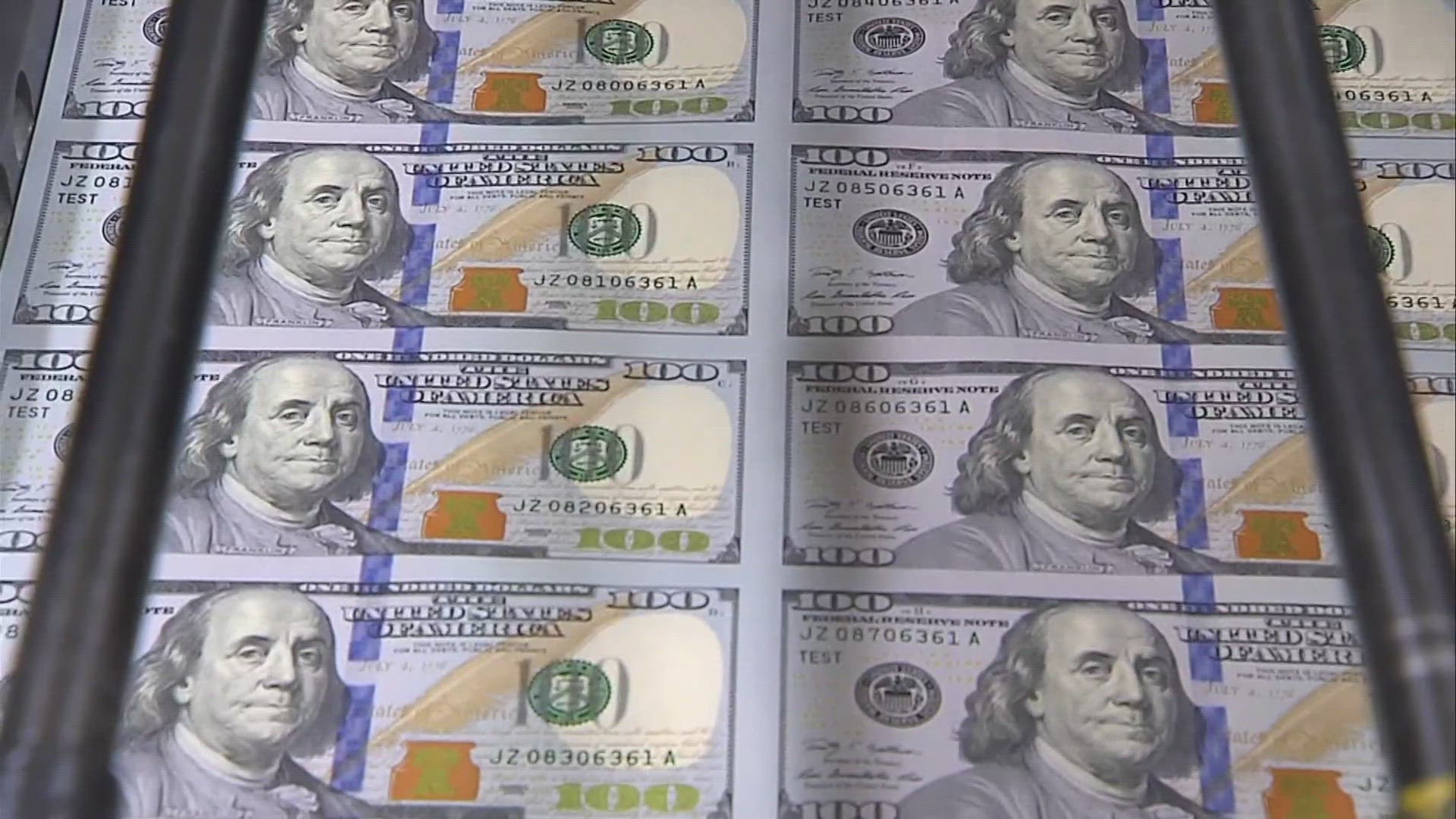INDIANAPOLIS — The U.S. government is getting closer to a default, now a week away from the Treasury's deadline.
While June 1 is the deadline we keep hearing about, the government actually hit the debt ceiling back in January.
Mark Hamrick with Bankrate said since then, the Treasury Department has been engaging in "so-called extraordinary measures."
"It's essentially playing a shell game with how it spends its money," Hamrick said.
Hamrick said the goal of the debt ceiling is to restrain spending, but that the restraint is not working.
"The fact that we have trillions and trillions of dollars' worth of debt shows that it has not been an effective tool," Hamrick said.
That's why the nation's borrowing needs to be addressed.
"It really is a lot like having someone who's taking credit card after credit card and running that up to the limit and saying, 'It's OK, there'll be another credit card,'" he said.
But how the borrowing and debt is addressed is what policy makers are fighting over. Some do not want to raise the debt ceiling without spending cuts, while others say holding America hostage is not the solution.
If the parties can't agree by June 1, the government might not be able to pay all of its bills, or default on its obligations.
That's something that's never happened.
"The reason for that, among others, is that it's seen as essentially a self-inflicted wound, a huge wound, on the economy," Hamrick said, "that would inflict massive damage on the economy."
Should the U.S. default, Hamrick said the people at risk are those expecting money from the government.
"That could include Social Security, that could include members of the military, and you think about all the vendors who are dependent on Uncle Sam," he said.
So, what can we do?
Make sure you have an emergency fund.
"Americans tend to be woefully under-saved for emergencies. Based on our latest survey, only 43% of Americans can pay an expense of $1,000 or more from savings," Hamrick said.
He added that it's also not wise to trade or invest based on the risk of a default.

